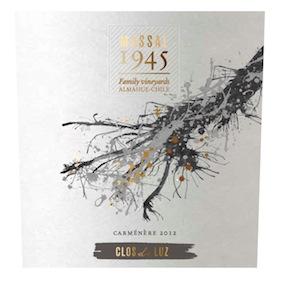2012 Rapel Valley Carmenere
The Clos De Luz Massal 1945, a fantastic example of Carmenere from the renowned Rapel Valley, showcases a captivating deep red hue that speaks to its richness and complexity. This wine offers a full-bodied experience, with robust fruit intensity that highlights luscious dark fruits, complemented by hints of spice and earthiness. Its acidity is bright and lively, adding freshness to the palate, while the tannins are structured and firm, providing a solid backbone that carries the wine gracefully. With a dry style that enhances its food-friendly nature, this exquisite vintage from 2012 is a delightful choice for those who appreciate the intricate nuances of a well-crafted Carmenere.
The Clos De Luz Massal 1945, a fantastic example of Carmenere from the renowned Rapel Valley, showcases a captivating deep red hue that speaks to its richness and complexity. This wine offers a full-bodied experience, with robust fruit intensity that highlights luscious dark fruits, complemented by hints of spice and earthiness. Its acidity is bright and lively, adding freshness to the palate, while the tannins are structured and firm, providing a solid backbone that carries the wine gracefully. With a dry style that enhances its food-friendly nature, this exquisite vintage from 2012 is a delightful choice for those who appreciate the intricate nuances of a well-crafted Carmenere.




